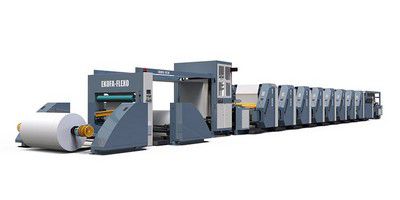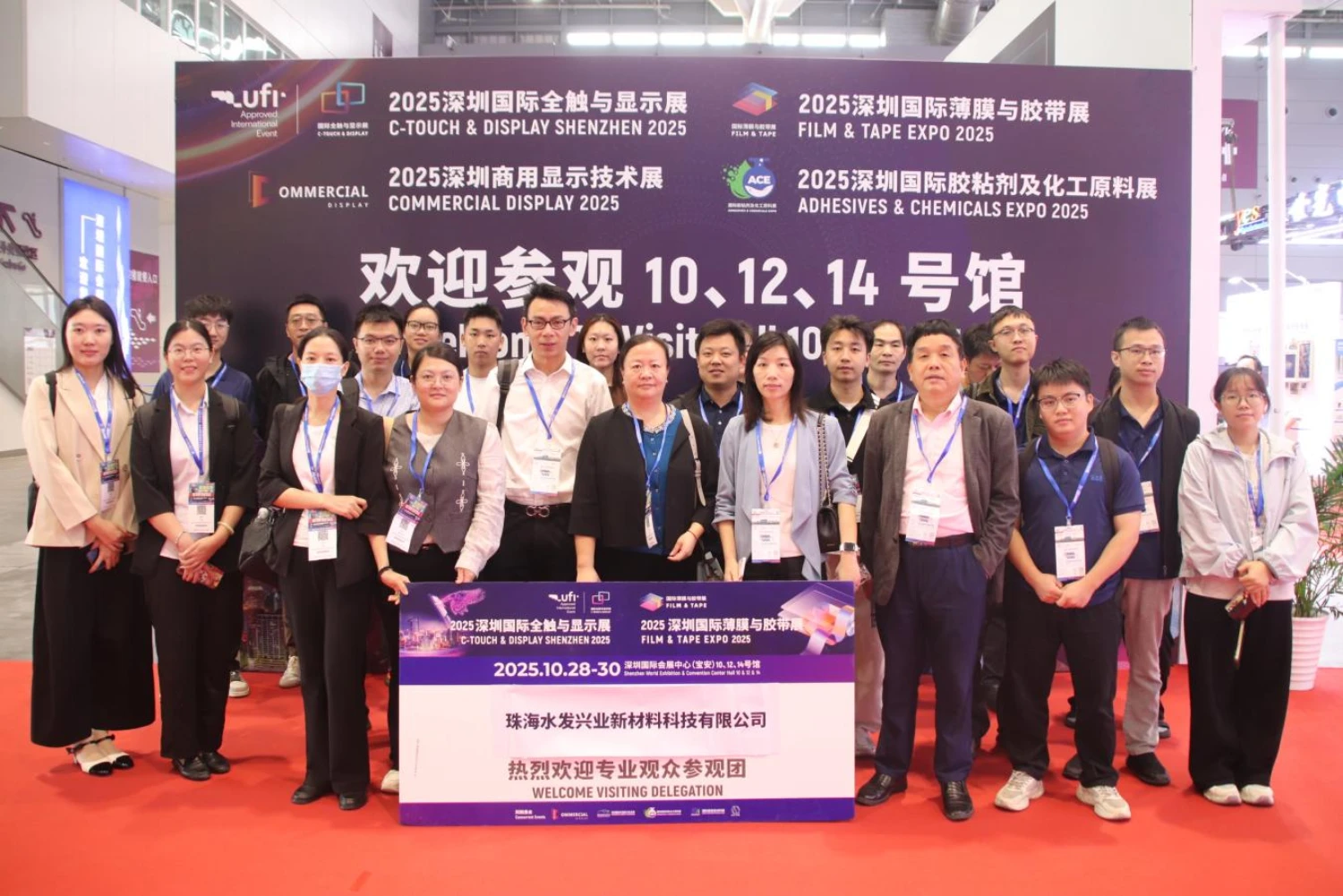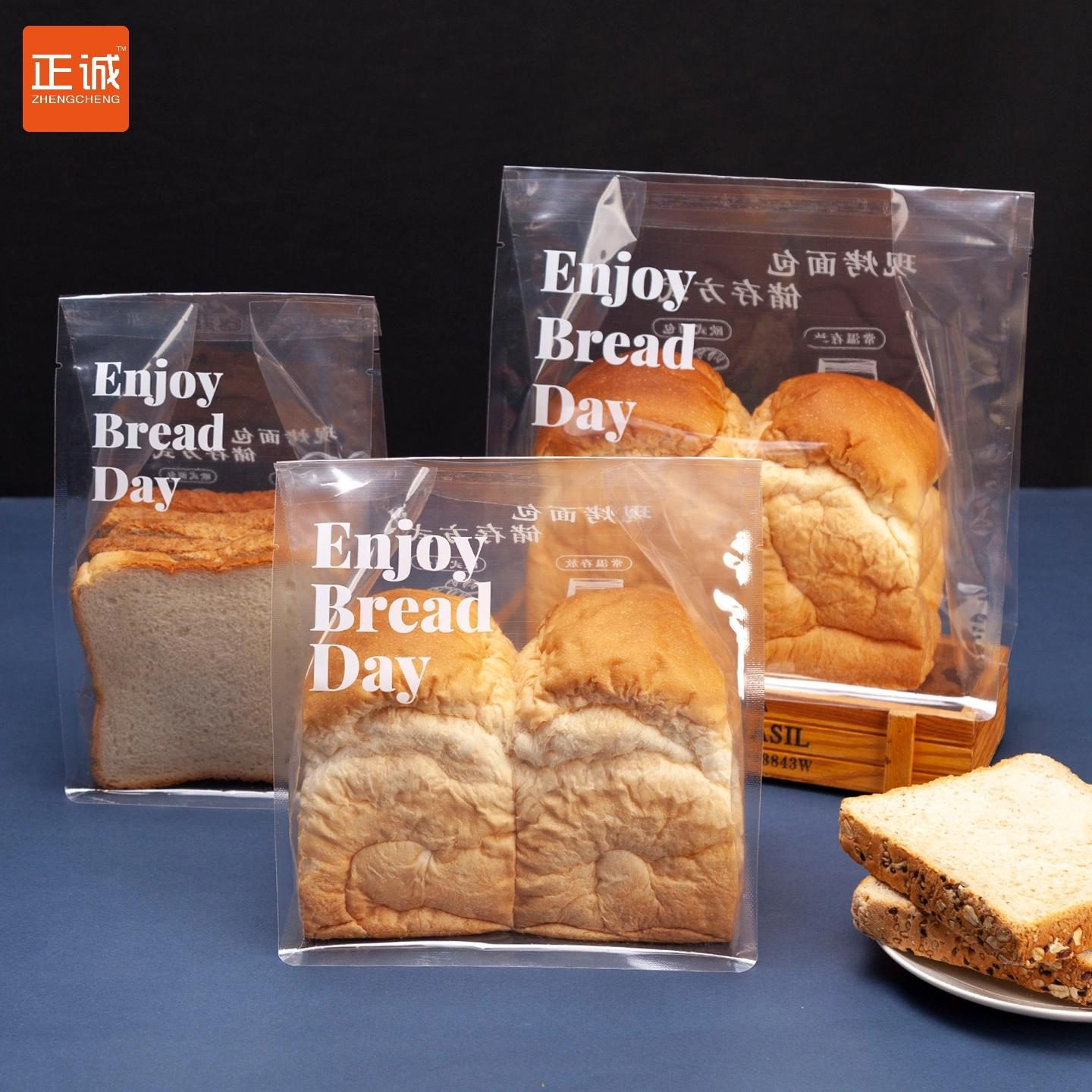The Pros and Cons of Flexography: A Comprehensive Guide

Flexography is a popular printing technique that has been widely used in various industries, including packaging, labeling, and publishing. It is a versatile and cost-effective printing method that offers several advantages over other printing techniques. However, like any other technology, it also has its drawbacks. In this article, we will discuss the advantages and disadvantages of flexography in detail.
Advantages of Flexography:
- High-Quality Printing: Flexography produces high-quality prints that are sharp, clear, and vibrant. It can print on a variety of substrates, including paper, plastic, and metal.
- Cost-Effective: Flexography is a cost-effective printing method, especially for large print runs. It uses less ink and produces less waste than other printing techniques, which reduces the overall printing cost.
- Fast Printing Speed: Flexography is a fast printing method that can produce thousands of prints per hour. This makes it ideal for high-volume printing jobs.
- Versatility: Flexography can print on a wide range of substrates, including non-porous materials like plastic and metal. It can also print on uneven surfaces, making it ideal for printing on packaging materials.
- Environmentally Friendly: Flexography uses water-based inks that are environmentally friendly and safe for human health.
Disadvantages of Flexography:
- Limited Color Range: Flexography has a limited color range compared to other printing techniques like offset printing. It can produce only a few colors at a time, which may not be suitable for some printing jobs.
- Setup Time: Flexography requires a significant amount of setup time, especially for complex printing jobs. This can increase the overall printing cost and time.
- Plate Making: Flexography requires the creation of a printing plate for each color used in the printing process. This can be time-consuming and expensive, especially for small print runs.
- Ink Drying Time: Flexography uses water-based inks that require a longer drying time than other inks. This can slow down the printing process and increase the overall printing time.
- Maintenance: Flexography requires regular maintenance to ensure the printing equipment is functioning correctly. This can be time-consuming and expensive.
Conclusion:
Flexography is a versatile and cost-effective printing method that offers several advantages over other printing techniques. However, it also has its drawbacks, such as limited color range, setup time, plate making, ink drying time, and maintenance. When choosing a printing method, it is essential to consider the specific requirements of the printing job and weigh the advantages and disadvantages of each printing technique.
In conclusion, flexography is an excellent printing method for high-volume printing jobs that require high-quality prints on a variety of substrates. However, it may not be suitable for small print runs or printing jobs that require a wide range of colors. By understanding the advantages and disadvantages of flexography, you can make an informed decision when choosing a printing method for your next project.

